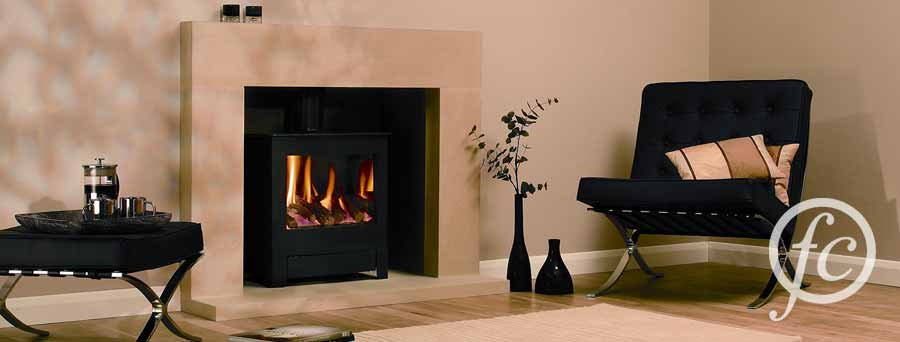![]()
Fireplace and chimney safety and good practise tips.
This fireplace safety and good practise list is intended to help you, but cannot take the place of common sense!
- Do not place furniture too close to your fireplace as something might fall towards it, put it at a safe distance with this in mind.
- Keep the area around your fireplace clear of mess and debris, especially if it is flammable.
- Check your chimney, especially in spring, for birds nests or other obstructions – jackdaws often try to make nests in chimneys by dropping large numbers of twigs down the chimney.
- Check your chimney for cracks and other damage – if it is damaged have it repaired.
- Make sure that the top of your chimney is unobstructed – sometimes trees can grow too close. If this is the case trim them back.
- Always use a fireplace screen, especially if you have children. Use a nursery fireplace or fire guard for extra safety.
- Don’t make your open fires too big – you’ll waste fuel and the whole lot could fall forward.
- Smoke detectors throughout your house are a good idea….
- Make sure that the fire has burnt out before you go to bed.
- Keep your firewood outside under cover so that it dries properly – when you have it near the fireplace, make sure that it is in a log basket or retainer so that it can’t fall too close to the fire.
- Sweep your chimney with chimney brushes and your stove with flue brushes at least once a year. If you are unsure about how this is done then obtain the services of a chimney sweep.
- Use chimney cleaner regularly to reduce tar deposits.
- Only burn seasoned wood. You should season green wood for at least a year. Hardwoods are generally better than softwoods.
- Burn anthracite instead of household coal. Household coal is a lot dirtier than anthracite, and while acceptable in an open fire, definitely shouldn’t be used in a stove.
- Occasionally build a hot fire – this will help clear deposits from your chimney

